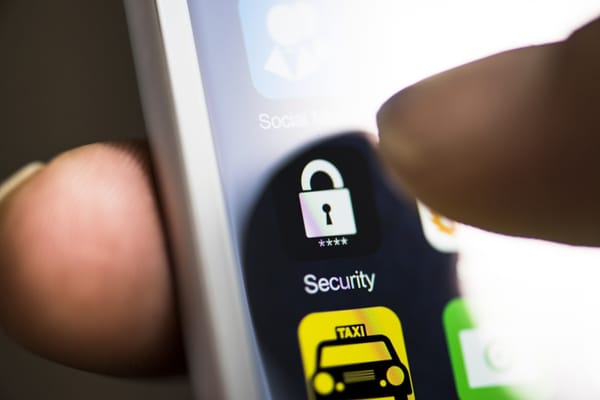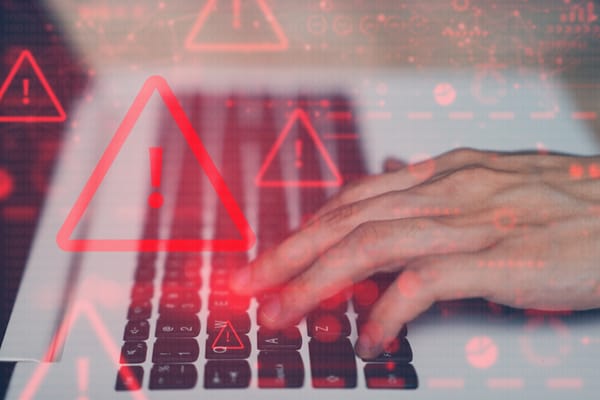Do Your Bit to Limit Cryptowall

Bitdefender antimalware researchers have put together a checklist of things to do to avoid getting infected with Cryptowall.
Cryptowall is a form of ransomware that uses the same encryption and extortion mechanisms as a previous threat, dubbed Cryptolocker. Local files are encrypted using a randomly generated 2048-bit RSA key pair that’s associated with the infected computer.
While the public key is copied on the infected computer, the private key can only be obtained by paying for it within an allocated amount of time. If payment is not delivered, the private key is supposed to be deleted, leaving no possible unencrypting method for recovering the locked files.
One of the most common infection vectors relies on drive-by-attacks through infected ads on legitimate websites, but it has also been known to infect via infected downloaded apps.
Cryptowall infection can be limited and sometimes prevented with:
Best practices
- Use an antivirus solution that’s constantly updated and able to perform active scanning;
- Schedule file backups – either locally on in the cloud – so data can be recovered in case of corruption;
- Follow safe internet practices by not visiting questionable websites, not clicking links or opening attachments in emails from uncertain sources, and not providing personally identifiable information on public chats rooms or forums;
- Implement / enable ad-blocking capacities and anti-spam filters
- Virtualize or completely disable Flash, as it has been repeatedly used as an infection vector
- Train employees in identifying social engineering attempts and spear-phishing emails.
Aside from these general recommendations, you should also:
Enable software restriction policies.
System administrators need to enforce group policy objects into the registry to block execution from specific locations. This can only be achieved if you’re running a Windows Professional or Windows Server edition. The Software Restriction Policies option can be found in the Local Security Policy editor.
After clicking the New Software Restriction Policies button under Additional Rules, the following Path Rules should be used with “Dissallowed” Security Level:
o “%username%\\Appdata\\Roaming\\*.exe”
o “%appdata%\Microsoft\Windows\Start Menu\Programs\Startup\\.*exe”
o C:\\<random>\\<random>*.exe
o “%temp%\\*.exe”
o “%userprofile%\\Start Menu\\Programs\\Startup\\*.exe”
o “%userprofile%\\*.exe”
o “%username%\\Appdata\\*.exe”
o “%username%\\Appdata\\Local\\*.exe”
o “%username%\\Application Data\\*.exe”
o “%username%\\Application Data\\Microsoft\\*.exe”
o “%username%\\Local Settings\\Application Data\\*.exe”
Setting these mechanisms in place could limit or block Cryptowall.
tags
Author

Razvan Stoica is a journalist turned teacher turned publicist and technology evangelist. Recruited by Bitdefender in 2004 to add zest to the company's online presence.
View all postsRight now Top posts
Infected Minecraft Mods Lead to Multi-Stage, Multi-Platform Infostealer Malware
June 08, 2023
Vulnerabilities identified in Amazon Fire TV Stick, Insignia FireOS TV Series
May 02, 2023
EyeSpy - Iranian Spyware Delivered in VPN Installers
January 11, 2023
Bitdefender Partnership with Law Enforcement Yields MegaCortex Decryptor
January 05, 2023
FOLLOW US ON SOCIAL MEDIA
You might also like
Bookmarks

















